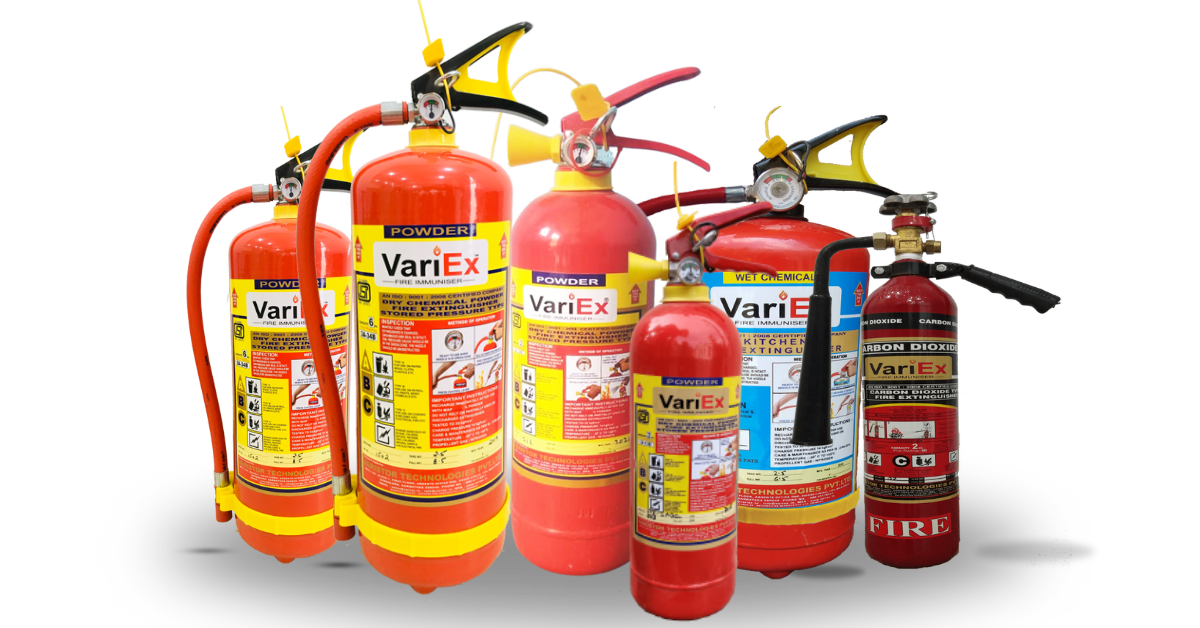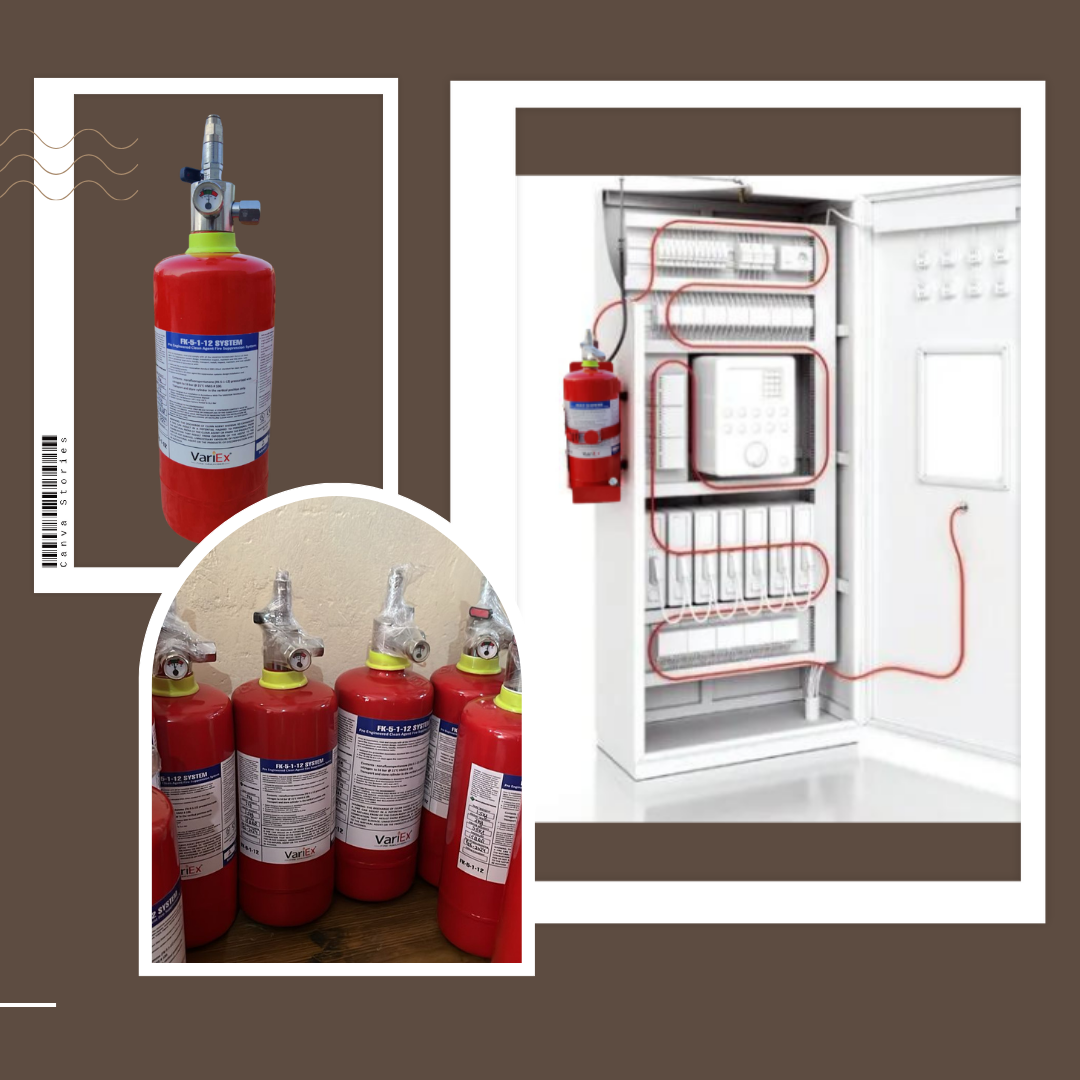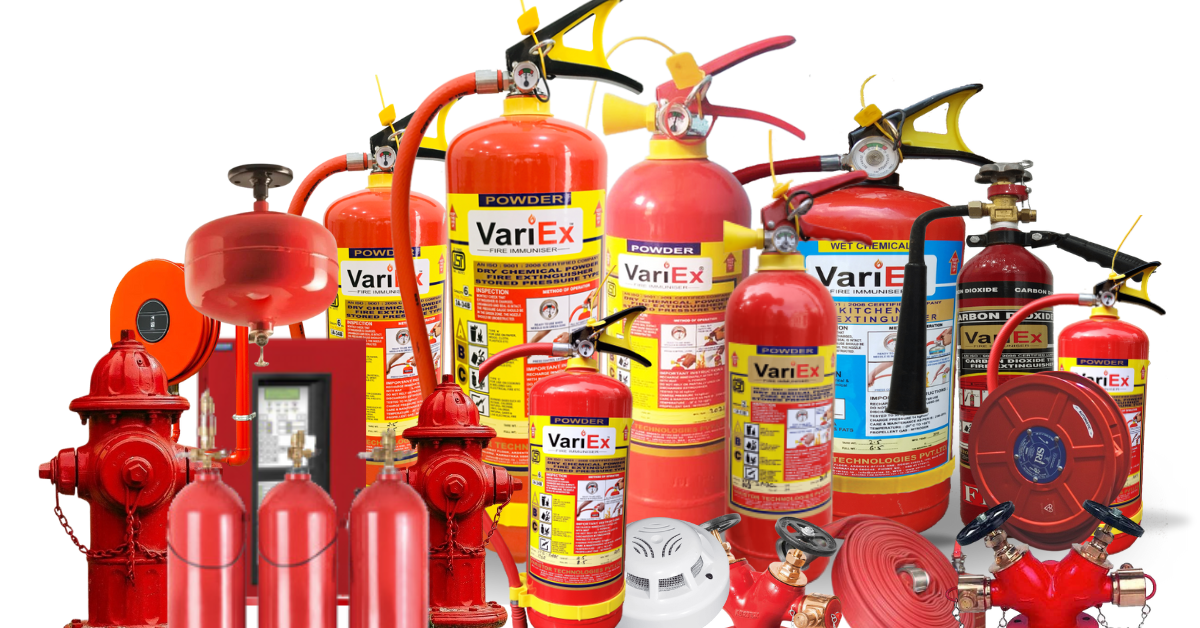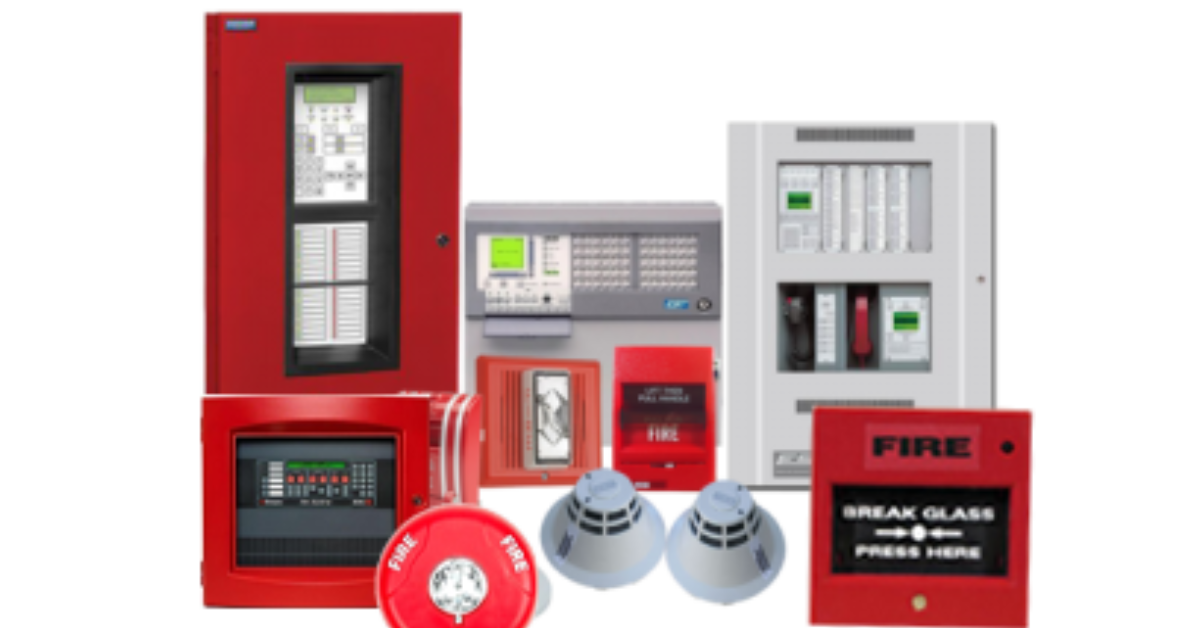![]()
Fire Immuniser
+91-7829629111
Email: info@variex.in
Varistor Technologies Pvt. Ltd.
Block-1, First Floor, Ardente Office One, Hoodi Circle, ITPL Main Road, Bengaluru, Karnataka 560048, IN
How Fire Alarm Works
How Fire Alarm Works
In an era of constant technological advancements and increased emphasis on safety, fire alarm systems have become a crucial part of both residential and commercial buildings. These seemingly simple devices, blinking innocently on our walls and ceilings, play an unparalleled role in maintaining the safety and security of properties and the lives within them.
Despite their abundant usage and critical function, the mechanics of fire alarms often go unnoticed or misunderstood. Most people recognize the importance of having these systems but lack knowledge of how they function. This article aims to shed light on this topic, detailing the workings of a fire alarm system, the types available, and their operational components.
The Science Behind Fire Alarm Sensors
The primary function of a fire alarm, detecting fire or smoke within a given area, is carried out by its sensors. These sensors are designed to identify a change in heat or the existence of smoke particles. There are two types of sensors that a fire alarm system typically employs, which are Ionization sensors and Photoelectric sensors.
Ionization sensors work by utilising a small, undetectable amount of radioactive material that ionizes the air inside a sensing chamber, causing a current to flow. When smoke enters this chamber, it disrupts the ionization process, leading to a reduction in current, which then triggers the alarm. These sensors are more efficient at picking up fast-moving, flaming fires.
Photoelectric sensors, on the other hand, operate using a beam of light within the sensing chamber. This beam is directed away from the sensor. However, once smoke enters the chamber, it reflects the light towards the sensor, triggering the alarm. These sensors are better equipped to detect slow-smoldering fires that produce larger smoke particles.
The Components of a Fire Alarm System
Understanding the structure of a fire alarm system, including its key components, is fundamental. A fire alarm system consists of several parts working together to detect and alert users of possible fire occurrences within a building. These include the fire alarm control panel, smoke detectors, heat detectors, sirens, and manual pull stations.
The fire alarm control panel is often termed the ‘brain’ of the system. It receives information from various detectors and sensors about a potential fire threat and decides action accordingly. This panel also sends out signals to sound the alarm and notify other linked systems like sprinkler systems or fire doors.
Smoke detectors and heat detectors are the 'sensory organs’ of the system. As previously mentioned, these use ionization and photoelectric means to detect possible risks. The results from these detectors are then sent back to the control panel for further action.
Sirens are used as audible indicators of a fire threat. They sound an alarm once the control panel confirms a threat from the signals received from various detectors. Manual pull stations, another critical facet, allow people to manually alert others of a fire hazard they’ve noticed.
The Process of Fire Alarm Activation
So, how does it all come together? To sum up the process; the activation of a fire alarm begins with the sensors in the smoke or heat detectors picking up signs of a potential fire. These detectors then send a signal to the control panel, reporting the anomaly.
Once the control panel receives this signal, it verifies the threat from various detector inputs. If a potential fire is confirmed, the control panel activates the sirens or any other notification appliances. It also signals any linked fire control systems to operate, such as a sprinkler system. Meanwhile, in case of a manual pull station, the alert is sent directly to the control panel, which sounds the alarms without further input.
Regular Maintenance and Testing of Fire Alarm Systems
Like any technical system, fire alarm systems also require regular testing and maintenance to perform optimally. This ensures their sensors are in working order and ready to detect any fire threats. Regular check-ups by a qualified technician can help identify any minor issues before they escalate and jeopardise system efficiency.
Additionally, routine testing allows users to familiarize themselves with the alarm's sound. This can be particularly helpful during a real emergency, as people will know how to respond when they hear the alarm.
Conclusion
Fire alarm systems serve as an essential part of our homes, offices, schools, and public places alike. Despite their vital role, the intricacies of their operations often go unnoticed. With this newfound knowledge about their functioning, it becomes clear how technological advancements have made it possible for such small devices to offer significant protection against catastrophic events like fire.
Understanding how they work, will not only help individuals appreciate these devices but also enable them to take reliable action in the event of a fire. We owe much safety, and often our lives, to these ingenious devices silently watching over us.
Explore our products Range
Final Say
At VariEx.in and VariexOnline.com, we specialize in supplying and installing top-quality fire fighting systems and equipment. From fire extinguishers to advanced suppression systems, we offer comprehensive solutions tailored to your needs. Our experienced team ensures precise installation and maintenance for optimal safety.
Trust VariEx for reliable fire protection. Contact us online or call 7829629111 to learn more.
"WHAT YOU CAN READ NEXT"
 Read more +24 November 2023 in Fire Extinguisher
Read more +24 November 2023 in Fire ExtinguisherWhat types of fire extinguishers are available for different fire classes?
 Read more +18 April 2025 in Fire Suppression
Read more +18 April 2025 in Fire Suppression











